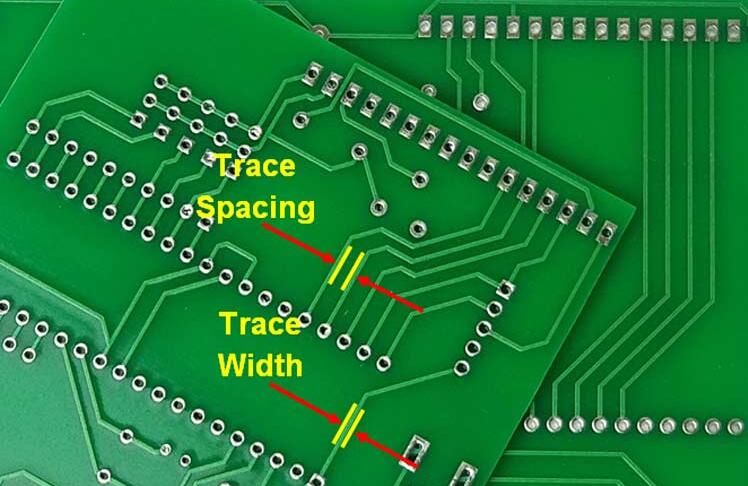In a circuit, the power supply provides a potential difference, and current flows through the circuit, causing a voltage drop through a resistor and ultimately returning to the power supply. According to Ohm's law, current is inversely proportional to resistance, that is, the greater the resistance, the less charge passes through the conductor per unit of time, and the lower the current; The smaller the resistance, the more charges pass through the conductor per unit time, and the greater the current.

The magnitude of resistance depends on the material, cross-sectional area, and length of the conductor. The higher the resistivity of a conductor material, the greater the resistance; The larger the cross-sectional area of a conductor, the smaller the resistance; The longer the length of a conductor, the greater the resistance.
A resistor is an electronic component whose main function is to limit the flow of current. Resistance reduces the flow rate of current by providing resistance, which can control the current and voltage in the circuit. The resistance value of the resistor can be adjusted by using resistors made of various materials. The resistance value of the resistor can be selected as needed to meet the requirements of the circuit. Sometimes, resistors can also be used in voltage divider circuits to reduce the voltage to the desired level.
Application of Resistance and Current
1) Current is the rate at which charges flow in a circuit, and we can achieve many functions by controlling the current. For example, current controllers in electronic devices can control the power consumption of electronic devices, making them more energy-efficient. Current can also be used to drive equipment such as electric motors and generators, achieving the mutual conversion of mechanical and electrical energy.
2) Resistance is a physical quantity that hinders the flow of current in a circuit, and we can control the current in the circuit by changing the resistance. For example, resistors in electronic devices can adjust the resistance of a circuit to control the magnitude of the current. Resistors can also be used to limit the magnitude of current and protect components in a circuit from being damaged by high currents.
The relationship between PCB line width and current
The selection of PCB line width is a very important step. The line width directly affects the flow of current, so circuit boards with too small a line width can cause problems such as overheating and burning of electronic components, while excessive line width can cause unnecessary material waste and increase the board area.
Due to the inversely proportional relationship between PCB line width and current, as the line width decreases, the current density will increase. Current density refers to the flow rate of current passing through a unit area, which is proportional to the line width and current. Therefore, when the line width is less than a certain degree, the current density will exceed the carrying capacity of the conductor. At this point, electronic components will experience problems such as overheating and burning out.
Resistance is the most commonly used component in all electronic circuits. The main physical characteristic of a resistor is to convert electrical energy into thermal energy, which can also be said to be an energy-consuming component. Current passing through it generates thermal energy. Resistors usually play a role in dividing and diverting voltage in circuits, and for signals, both AC and DC signals can pass through resistors.
In a circuit, current and resistance are inseparable, and their relationship directly affects the performance and working state of the circuit.